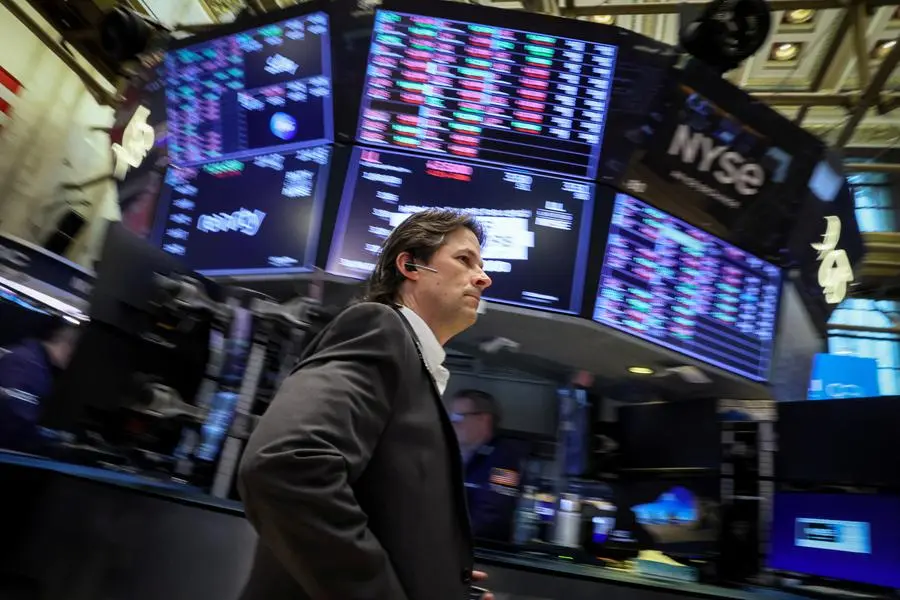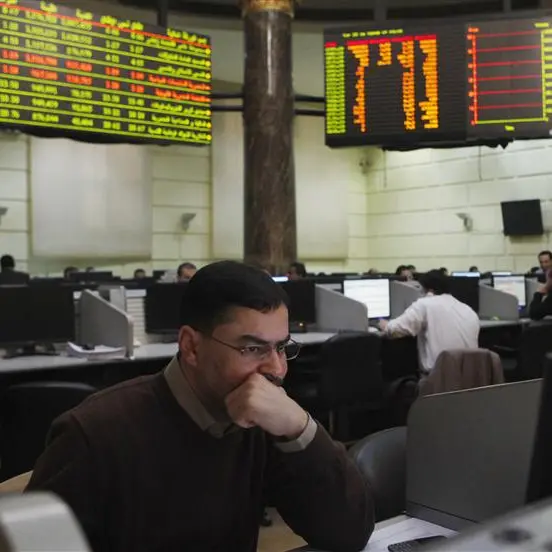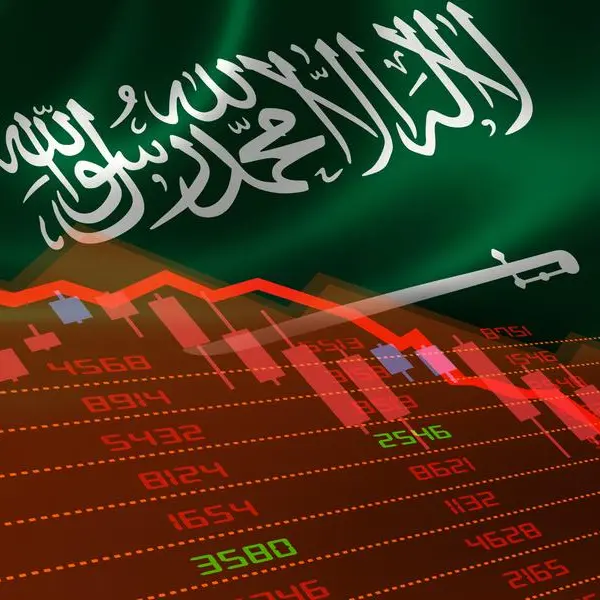PHOTO
SYDNEY: Asian stocks and Wall Street futures struggled on Monday as U.S. debt ceiling negotiations approached crunch time after stalling last week, while lingering banking fears and fresh geopolitical worries also capped sentiment.
U.S. President Joe Biden and House Republican Speaker Kevin McCarthy will meet to discuss the debt ceiling on Monday, less than two weeks before the June 1 deadline after which Treasury expects the federal government will struggle to pay its debts.
A failure to lift the debt ceiling would trigger a default, likely sparking chaos in financial markets and a spike in interest rates.
S&P 500 futures lost 0.1% while Nasdaq futures were flat.
MSCI's broadest index of Asia-Pacific shares outside Japan was wobbly and was last up 0.1% for the day. Japan's Nikkei, which on Friday hit its highest since August 1990, was also mostly unchanged while Australia's resources-heavy shares slipped 0.3%.
South Korea bucked the sluggish trend, gaining 0.8%.
Both Chinese bluechips and Hong Kong's Hang Seng index were up 0.4%, likely encouraged a little by President Biden's remarks that he expected a thaw in frosty relations with China "very shortly".
"In the art of brinkmanship, it feels that to get a deal we must see greater market volatility," said Chris Weston, head of research at Pepperstone.
"While for much of last week the headlines were that a deal is within reach, the breakdown in talks from Republican negotiators on Friday has many thinking that we could be pushed right to the June deadline before we see an agreement."
Jonathan Pingle, U.S. chief economist at UBS, views the Japanese yen and gold as best placed to benefit from a U.S. default.
"Only a 1-month long impasse post the X-date is likely to cause a tightening of financing conditions sharp enough that it causes the dollar to rally strongly," said Pingle.
"JPY longs against AUD and CAD and gold calls are the cleanest ways to hedge against a U.S. default."
On Friday, reports that debt ceiling negotiations had reached an impasse rattled markets even as Federal Reserve Chairman Jerome Powell said U.S. interest rates might not need to rise as much given the tighter credit conditions from the banking crisis.
The Fed chief also flagged that after a year of aggressive rate increases, officials can afford to make "careful assessments" of the impact of rate hikes on the economic outlook, a stance that was viewed as dovish by markets.
Futures are pricing in an about a 90% chance that the Fed would keep rates unchanged at its next meeting in June, and a total of almost 50 basis points of cuts by the end of the year.
That has knocked the dollar off a two-month top against a basket of major peers and was last at 103.05 on Monday, flat for the day.
Meanwhile, regional U.S. bank shares continued to fall on Friday, as Treasury Secretary Janet Yellen reportedly warned that more mergers may be necessary after a series of bank failures.
In Asia, China kept its key lending rates unchanged on Monday even as an ongoing economic recovery disappointed. Traders are also digesting the implications of the Group of Seven's "de-risk, not decouple" approach to China and supply chains flagged at the group's summit on Sunday.
Beijing has summoned the Japanese ambassador to register protests over "hype around China-related issues" at the summit. The government also banned U.S. memory chip manufacturer Micron Technology from supplying to operators of key infrastructure in the country.
Later in the week, the Fed will release minutes of the May meeting on Wednesday while U.S. personal consumption expenditures (PCE) inflation data is due out on Friday.
In the Treasuries market, debt ceiling concerns have created large distortions in the short-end of the yield curve as investors avoid bills that come due when the Treasury is at risk of running out of funds.
The yield on the 1-month Treasury bill jumped 15 basis points to 5.6677% on Monday.
Two-year yields were five basis points lower to 4.2340%, pulling away from a recent two-month high, while the 10-year yield also dipped four bps to 3.6516%.
Oil prices reversed earlier gains. U.S. crude futures were down 0.7% to $71.03 per barrel, while Brent crude futures fell 0.6% to $75.12 per barrel.
Gold prices were largely unchanged at $1,976.89 per ounce.
(Reporting by Stella Qiu; Editing by Sam Holmes and Muralikumar Anantharaman)




















